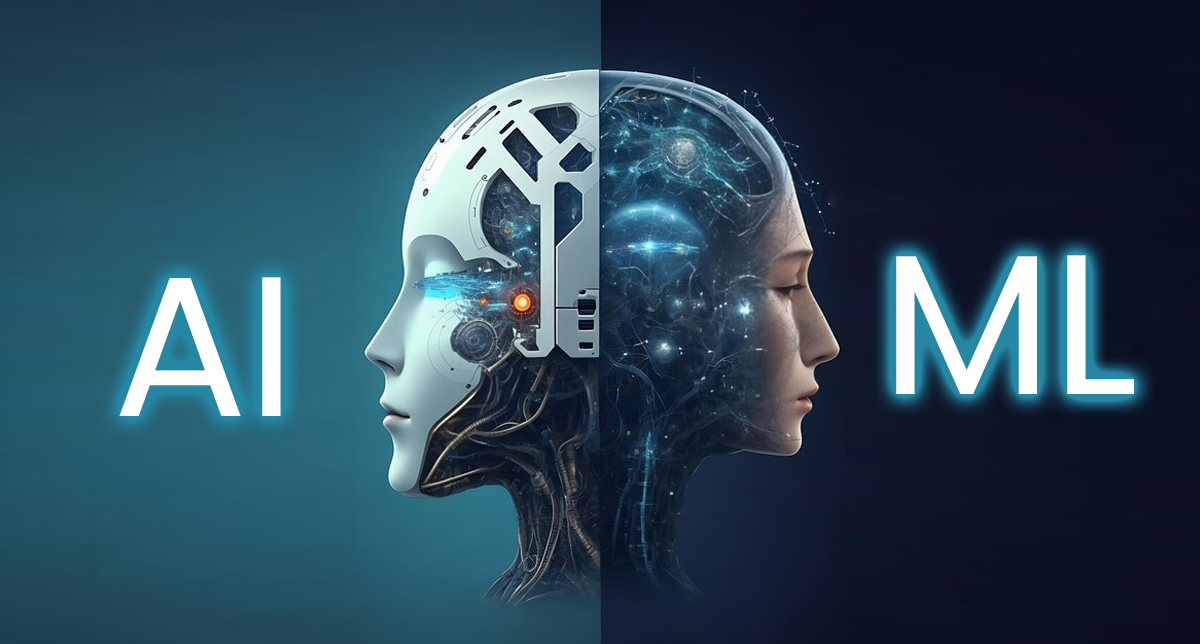
Computer Vision and Image Recognition: How it Works and Shapes Our World
Computer Vision and Image Recognition: How it Works and Shapes Our World
Ever wondered how your phone instantly recognizes your face to unlock, or how self-driving cars navigate busy streets? The magic behind these incredible feats lies in computer vision (CV) and image recognition. It's a field that's rapidly transforming how we interact with the world, and it all boils down to teaching computers to 'see'.
Understanding the Power of Convolutional Neural Networks (CNNs)
At the heart of many advanced CV systems are Convolutional Neural Networks (CNNs). These are a type of artificial neural network specifically designed to process data with a grid-like topology, like images. Think of it like this: a CNN doesn't just see a jumbled mess of pixels; it analyzes the image in layers, progressively identifying features.
Imagine looking at a picture of a cat. You don't immediately process every single pixel; you first notice broad shapes and edges. Then, you identify features like pointy ears, whiskers, and a fluffy tail. CNNs do something similar. Early layers detect basic features like edges and corners. Subsequent layers combine these basic features to detect more complex ones, like textures and shapes. Finally, the later layers integrate these complex features to recognize the overall object – in this case, a cat.
Here's a simplified illustration of how a CNN might work, though real-world CNNs are far more complex:
Input Image --> Convolutional Layer (detects edges) --> Pooling Layer (reduces dimensionality) --> ... (repeats with more complex feature detection) --> Fully Connected Layer (classification) --> Output (e.g., 'cat', 'dog', 'bird')Image Classification vs. Object Detection
Two core tasks within computer vision are image classification and object detection. Image classification aims to assign a single label to an entire image (e.g., 'cat', 'dog', 'sunset'). Object detection, however, goes a step further. It not only identifies objects within an image but also pinpoints their location using bounding boxes.
For example, an image classification model might label an image as 'street scene'. An object detection model, however, would identify and locate individual cars, pedestrians, traffic lights, and buildings within that same street scene. This distinction is crucial for applications like self-driving cars, where precise object localization is paramount.
Real-World Applications: Where Computer Vision Shines
The applications of computer vision are truly vast and constantly expanding. Here are just a few compelling examples:
- Self-driving cars: Using object detection and image classification to navigate roads safely.
- Medical image analysis: Assisting doctors in diagnosing diseases by analyzing X-rays, CT scans, and MRIs.
- Facial recognition: Unlocking smartphones, identifying individuals for security purposes, and even assisting in law enforcement investigations.
- Retail: Improving customer experience through automated checkout systems, personalized recommendations, and inventory management.
- Manufacturing: Automating quality control by inspecting products for defects.
The Future of Computer Vision
Computer vision is a dynamic field, constantly evolving with advancements in deep learning and AI. We can expect to see even more sophisticated applications emerge, blurring the lines between the digital and physical worlds. From more accurate medical diagnoses to more efficient manufacturing processes, the impact of computer vision will continue to reshape industries and improve our lives in countless ways.